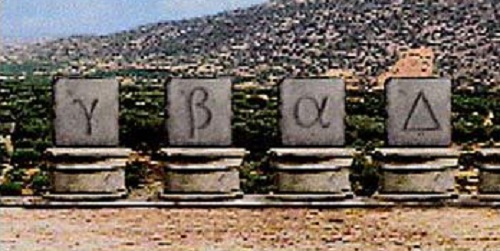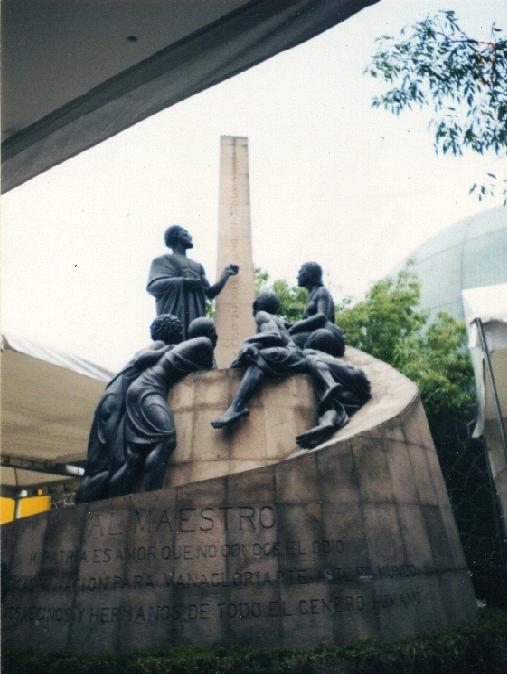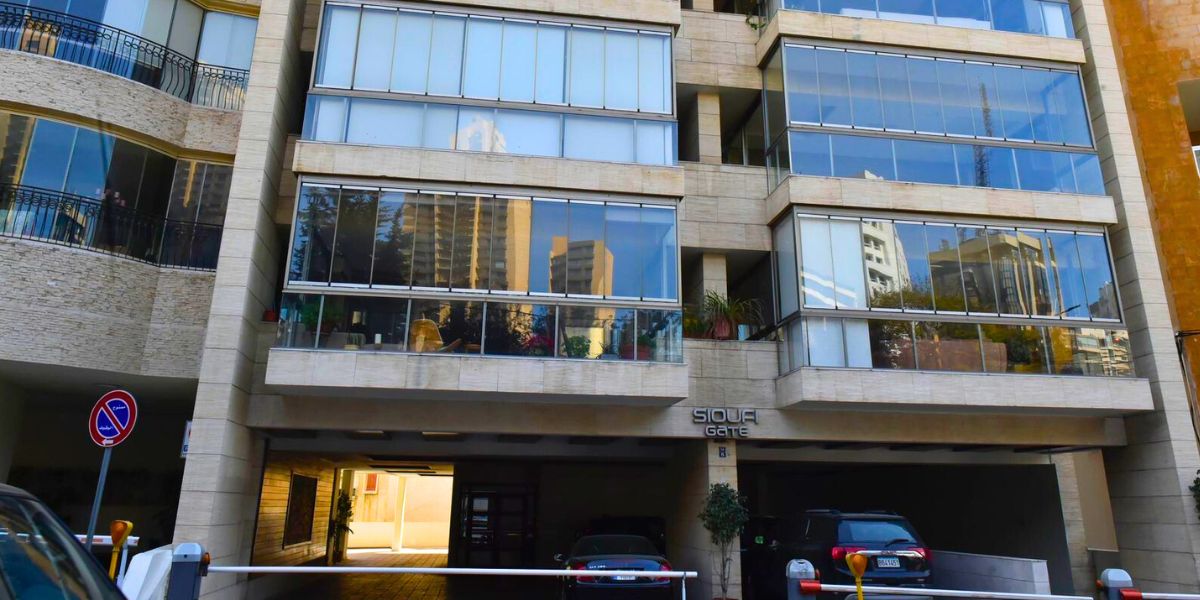In honor of education and to celebrate the inventors of the alphabet, Mexico erected a beautifully inspiring monument representing the historical Phoenician Prince Cadmus and his sister Europa and inscribed with the Phoenician alphabet.
Named Al Maestro, meaning The Master, the monument is located at the Papalote Children’s Museum (Papalote Museo del Nino) in Mexico City, and depicts Cadmus and Europa teaching the alphabet to Greek students (and to the world).

The text at the base of the inspiring monument reads: “My homeland is the love that knows no hatred. Don’t tell my nation out of selfishness facing the world, we are neighbors and brothers of all mankind.”
Son of the Phoenician King Agenor and Queen Telephassa of Tyre, Cadmus is known as the legendary educator who traveled from Phoenicia (today’s Lebanon) to Greece in search of his sister Europa who was taken by Zeus, according to the Greek mythology.
Cadmus went to find her, carrying along with him the alphabet from Phoenicia to Greece and he is credited with teaching the Greeks the alphabet. Legend has it that his brothers Princes Phoenic and Cilix also traveled the seas in search of their sister, by order of their royal parents.

Cadmus is also credited with teaching advanced skills of the Phoenicians to the locals of every coastal town he visited in his quest for his sister, notably in engineering and infrastructure.
He is also acclaimed as the founder of the Greek city of Thebes and is praised as a hero in Greek mythology.
Al Maestro monument is one of its kind and gives tribute to the Phoenicians as masters of education in the person of Cadmus.
The Phoenician Alphabet, after all, came to unite the different dialects of the Greek Islands at the time, and, further ahead, gave the world a needed tool of written communication.

Along with the Alphabet, the Phoenician language spread throughout the region and was adopted in all Phoenicia’s colonies, including in North Africa, according to Britannica.
In the Phoenician colony of Carthage, the language developed with time and became known at a later stage as Punic, the main language of the Carthaginian empire.
The Phoenician language hasn’t entirely vanished as commonly assumed. Some words have remained to date. According to Britannica, “Phoenician words are found in Classical Greek and Latin literature as well as in writings in the Egyptian, Akkadian, and Hebrew languages.”

While empires of the time of the Phoenicians traveled for conquest and wars, the Phoenicians traveled wide and far sharing their knowledge, skills, innovations, and schools of thought, and curiously seeking more to know and explore.
Studies published in 1892 by Thomas Crawford Johnston reported that the Phoenicians were heavily involved in the building and development of the ancient “high civilizations of America” – notably the Aztec and the Maya.
Remnants of these curious seafarers’ exploration of the world were even found as far as in Quebec, Canada, dating over 2,500 years.

















